“Induction hardening is a non-physical treatment unless it uses an electrical current for rapid treatment. It increases the metal’s strength and hardness.”
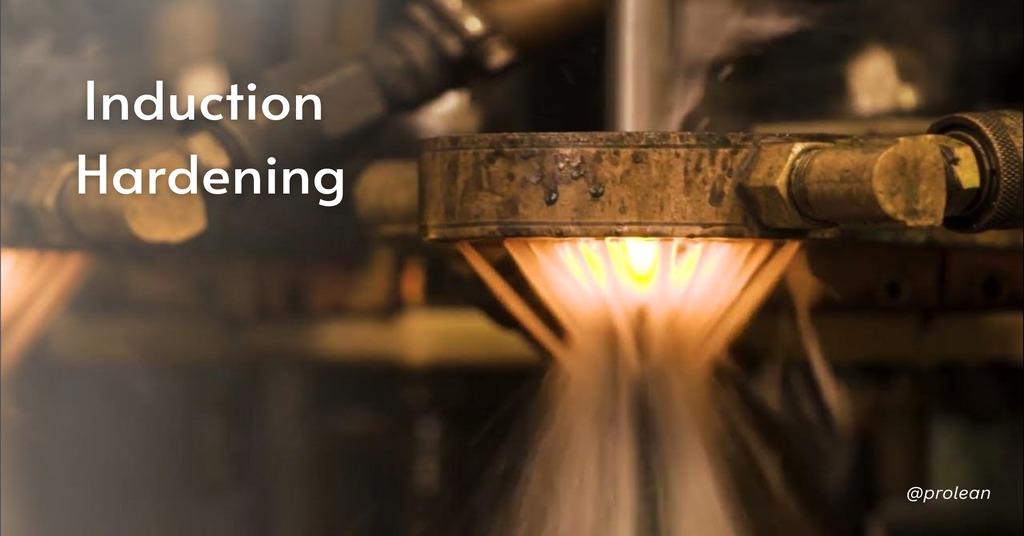
Induction hardened sheet metal is a metal heat treatment process in which metal parts with sufficient carbon content are heated by electromagnetic induction and quenched rapidly. This technique is mainly applied to different types of steel and steel alloys in order to enhance mechanical characteristics such as surface hardness, cyclic strength, and wear resistance in certain zones. Some uses are in power trains, suspension, engines, and stamping parts.
Induction heat treatments are relatively fast and accurate processes of hardening surfaces on parts as compared to conventional heat-treating processes. Here, we will give a step by step guide on induction heat treatment, its benefits, drawbacks, uses, and contrast with case hardening. So, let us take a closer look.
What is Induction Hardening?

Induction hardening
It is a non-contact heating method that uses electromagnetic induction to produce heat at the surface layer of a metal part. The metal is put into a strong, varying magnetic field, and an electric current is generated in the metal, causing heat. The metal is generally heated to a temperature in the transformation range or above and then rapidly cooled.
The quenching process is carried out using water, oil, or air. This rapid cooling leads to a martensitic transformation in the metal, which increases its hardness and brittleness. It’s suitable for surface hardening of a part or assembly where only a certain area of the part requires hardening without altering the properties of the part. This makes it particularly appropriate for components that need high surface wear resistance while they may not need other mechanical properties. In general, carbon and alloy steels with a carbon content between 0.40% and 0. 45% are most suitable for steel heat treatments. Induction hardening has the following advantages over other methods of hardening. It is easier to control since it is an electrical process as opposed to a combustion process. Also, it warms only the outer layer of the metal and not the inner layers of the metal. This makes it possible to have a very good control, and this will lead to a very good hardening of the surface. The depth of the hardened layer can also be easily controlled.
Try Prolean Now!
2 Stages In the Induction Hardening Process
Usually, it consists of two primary stages: Induction heating and quenching. The first process is the use of electromagnetic induction to heat electrically conductive metals, and the second process is quenching to change the surface characteristics of the material.
Stage 1: Induction Heating
In this stage, the induction hardened material is usually inserted in a water cooled copper coil and subjected to an alternating magnetic field. This field is produced by an electromagnet and an electronic oscillator. The oscillator passes the alternating current through the electromagnet and as a result, the magnetic field that passes through the material is also alternating. This process creates circular electric currents known as eddy currents that warm the metal in the coil to its transformation temperature. Induction hardening is a type of surface hardening and can go up to a maximum of 8mm depth. The depth of penetration depends on the frequency of the alternating magnetic fields; the higher the frequency, the deeper the penetration of the currents.
Stage 2: Quenching
After the metal is induction hardened to its required temperature by induction, it must be cooled quickly or quenched. This is usually done by submerging the part in a bath of oil or water, although cold air can sometimes be used. Tempering makes certain that the outer layer of the material is made harder and that the heat does not penetrate the inner layers of the material so as to cause unwanted phase transformations. The rapid cooling results in the formation of the martensitic or ferritic-martensitic structure in the surface layer. These structures have higher tensile strength and lower initial yielding stress as compared to the structures of pure ferrite. Furthermore, quenching decreases the grain size, which is important for increasing the hardness of the material.
Material Choice For Induction Hardening
Induction hardening is used on medium to high carbon steel, alloy steel, cast iron, and powder metallurgical materials. There are also some stainless steels that can be used in different manufacturing sectors.
Medium to High Carbon Steels
It’s an ideal technique for medium to high carbon steels because the carbon content is sufficient for the required martensitic transformation for hardness. Such steels normally contain carbon above 0.40%, and the hardness level of the material ranges between 56 and 65 HRC. However, lower carbon steels such as 8620 can also be used but to a lower hardness of around 40-45 HRC. Low carbon steels like 1008, 1010, 12L14, and 1117 are not used because they do not show much increase in hardness.
Alloy Steels
This is because alloy steels have additional elements that make them more suitable for induction heat treatments than plain carbon steels. Out of these, 1045 steel is the most used because it can be easily machined, cheap, and can be quenched to achieve a hardness of 58 HRC and above with a carbon content of 0.45%. Also, 1045 steel has less chance of cracking during the hardening process as compared to other materials. Some other alloy steels that are frequently used are 1141/1144, 4140, 4340, and ETD150.
Cast Irons
Another group of materials that are commonly used in the induction treatment process includes cast irons. They are selected based on their capacity to provide high hardness and wear resistance on the surface but are more ductile at the center.
Powder Metals
Powder metals can also be induction hardened, which provides a more flexible method for producing parts with intricate geometries and mechanical characteristics suited to their use.
Stainless Steels
In some industries, certain grades of stainless steel are used in induction hardening. Although not widely used compared to carbon and alloy steels, these materials can be improved through the process to improve surface hardness and wear.
The choice of materials for induction hardening is determined by the content of carbon and other alloying elements that affect the hardenability of the material and the required hardness after the treatment.
Benefits of Induction Hardening
Induction hardening has several advantages, but at the same time, it has certain disadvantages as well. Its major advantage is that it is highly efficient and fast, which is ideal for organizations with large production lines. Moreover, it’s less time-consuming as compared to other heat-treating processes such as case hardening or nitriding. Also, it is cost-effective since it does not require extra materials like salt baths or gas tanks and provides an even finish on the whole part.
Another advantage is the flexibility of the hardness of parts after the process of induction hardening through tempering. It also increases the hardness, durability and ability of the metal to withstand wear and tear, hence suitable for parts under pressure or friction. In addition, it increases the endurance limit, thus lowering the chances of failure under cyclic loads.
However, there are some limitations of Induction hardening. It is primarily used for ferrous materials, which restricts its use with other materials. There is also a risk of warping or distorting of the parts if they are not handled properly or if they are not cooled properly during the process. Compared to other methods, the cost of acquiring and maintaining the hardening equipment may not be very high, but it is still a cost.
Further, due to high rates of heating and cooling during induction, hardening cracks may sometimes appear on the surface of the workpiece. Therefore, the process parameters have to be well controlled. Operators also need training and skills to guarantee proper handling and control from the start to the end of the process. However, the advantages usually outweigh the disadvantages, and therefore, the method is widely used in various manufacturing processes.
Disadvantages of Induction Hardening
However, there are some disadvantages of induction heat treatment that one has to consider before opting for this method. The main limitation is that it can only be used on ferrous materials such as iron and steel. This limitation is due to the fact that it uses a magnetic field to produce heat, and only ferrous metals are influenced by the magnetic fields. Induction hardening is not possible for non-magnetic materials such as aluminum and copper which are classified under nonferrous metals.
Another disadvantage is that the process has a high running cost compared to the other methods of hardening. Although it is cheaper in terms of material and manpower as compared to some of the heat-treating techniques, the machinery used in the process increases the cost. Also, using electricity instead of conventional fuel types may result in high long-term operating costs because of the fees for energy consumption.
Induction hardening also has its limitations. The size and shape of the induction coil should match the part to be heated. Standard coils for treating round objects like shafts and rollers are usually obtainable, but for some jobs, special coils may be required, thus increasing the difficulty and the cost.
Also, the requirement of equipment is a constraint because not all heat treatment suppliers may have access to or offer induction hardening equipment. The cost of this equipment may be high initially, and the operators may need to undergo some training to use the equipment properly.
In addition, normally it is suitable for thinner materials because it entails heating the materials’ surface. Thicker materials may not heat uniformly, which may cause problems such as uneven hardness or even cracks. These limitations point to the fact that there is a need to consider and assess whether the process is applicable to a certain process or not.
Try Prolean Now!
Induction Hardening Vs. Case Hardening: Key Difference
Induction hardening and case hardening are two identical heat treatment processes used in industries today. Both processes aim at hardening the outer layer of workpieces; however, the two processes are not the same. Here’s a closer look at their distinctions:
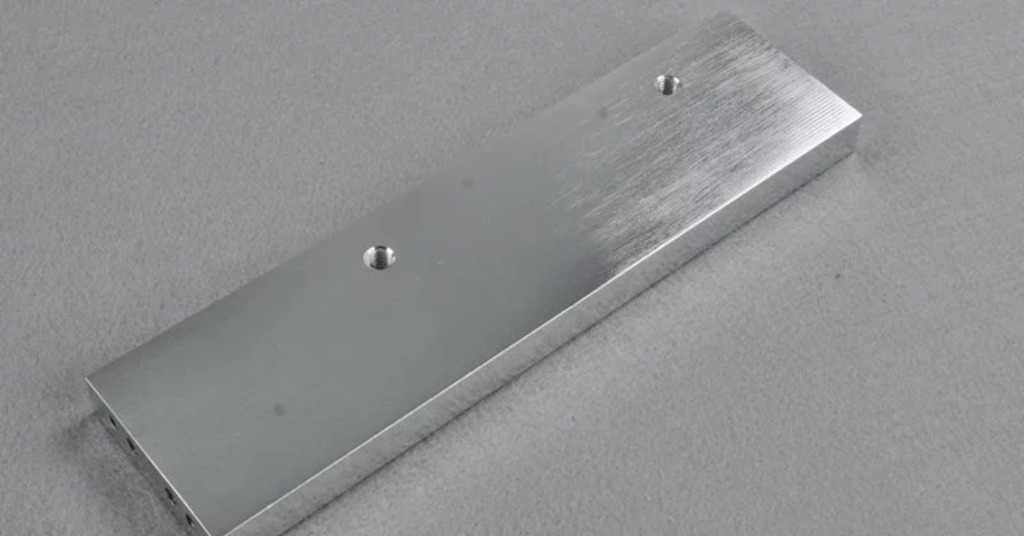
Case hardening
Handling of Parts
One of the main distinctions can be observed in the way they address parts. Case hardening is done to multiple workpieces at once; in induction hardening, the workpieces are done one at a time. This leads to a “batch by batch” approach for case hardening and a more precise, workpiece-oriented approach for induction hardening.
Manufacturing Integration
Case hardening normally involves other organizational activities to move parts between the production line and the hardening process. On the other hand, induction hardening can be easily incorporated into the production line itself, which uses a hardening machine as a part of the production line.
Processing Techniques
Case hardening uses heat and chemistry to start a thermochemical reaction, while induction treatments use electromagnetic energy to induce an alternating current in part, heating only the surface. This is a non-contact heating process that is electromagnetically induced and is aimed at the surface of the workpiece.
Applications
Induction hardening is suitable for applications where there is a need to harden specific areas of a component, for instance, crankshafts and gear teeth. On the other hand, case hardening is more appropriate for large parts that have to be heat treated in batches and where complex shapes are not as important to the hardening process.
Flame Hardening vs. Induction Hardening: Key Differences?
Flame hardening and induction hardening are two different methods of surface hardening that are used in metalworking procedures. Flame hardening is the process of heating the surface of a workpiece with oxy-acetylene flame and quenching it with cold water. This method is widely used for large parts like gear teeth, brake drums, axles, cams, and crankshafts. On the other hand, induction heating involves using an electromagnetic field to heat the surface of the workpiece through a coil through a high-frequency current. It is usually used on small components such as gears, crankshafts, and camshafts because of the localized heating characteristics.
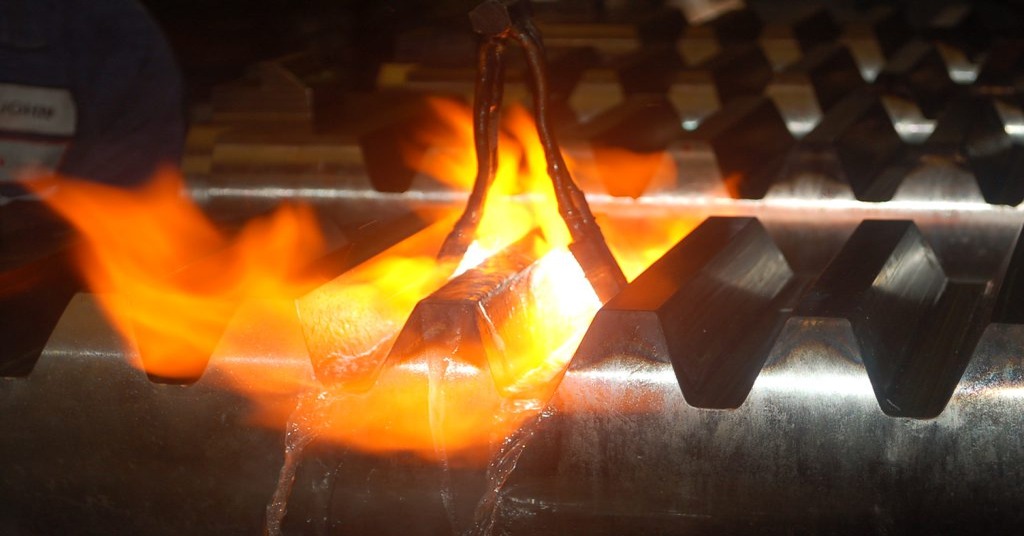
Flame hardening
Another significant difference is that the treatment processes of these methods are different. Flame hardening, on the other hand, makes the workpiece have a uniform hardness on the entire surface, while induction hardening only hardens some areas of the workpiece. This difference makes it a better choice where only some regions of the material need to be hardened, providing better control over the process.
Further, the process of applying flame hardening involves the use of flame and skilled labor since there is a possibility of damaging the workpiece. However, in the case of induction hardening, unskilled operators can do it as it doesn’t harm the material, which makes it suitable for manufacturing processes.
Therefore, flame hardening and induction hardening both have their advantages and disadvantages, and the choice between the two depends on the size of the workpiece, the area to be hardened, uniformity, and the level of skill of the workforce. Both methods have their advantages and disadvantages that should be taken into consideration depending on the needs of a manufacturing company.
Try Prolean Now!
Conclusion
Induction hardening is the process of heating a material through induction heating to a certain temperature and then cooling it immediately with a quenching medium. This rapid cooling process leads to the formation of a hard and compact microstructure of the material. Induction heating allows the heating of specific areas, thus controlling the hardening process and making it repeatable. Generally, induction heat treatments are used on metal parts that are likely to undergo high surface wear while retaining other properties of the material.
When the intention is to increase mechanical properties like hardness, the recommended treatment method is induction hardening. In applications where better adhesion, abrasion, heat, and acid resistance are desired, Prolean Tech appears to be a better choice. Also, we provide prototyping services from small scale to large batch production. You are welcome to contact us and explore our heat treatment service to fulfill your requirements.

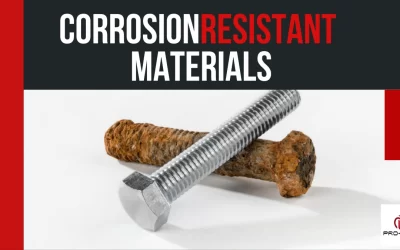
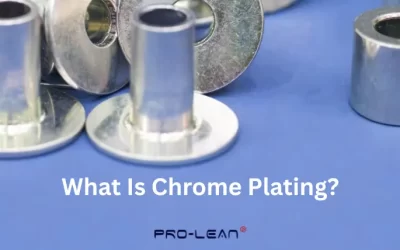
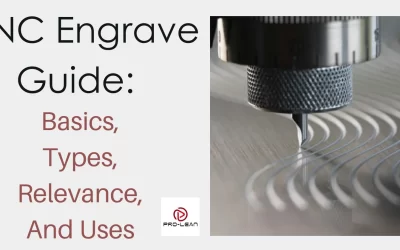
0 Comments